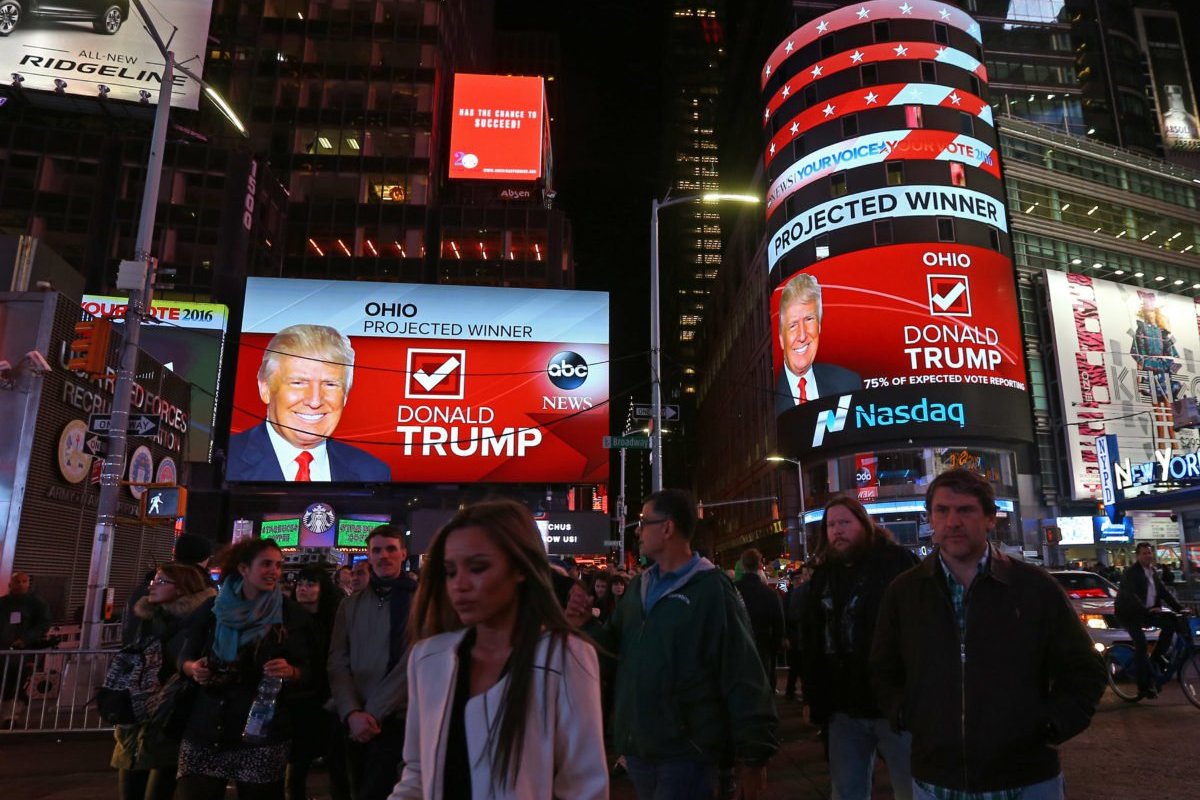It is common in the Arab world to say that the Arab Spring is a Western, American conspiracy to give power to political Islam in the region. It seems that the infection of the same “Spring” has now also reached Britain by getting it out of the European Union, and now the US with the election of an unconventional president who is far from the political tradition of the ruling establishment there. So did Washington conspire against itself as well? There is no doubt that the latest American elections, both presidential and parliamentary, were exceptional and unprecedented in the history of America. This has many reasons including the fact that they were not ordinary elections to choose one candidate or the other based on party identity, as is the norm. On the contrary, this was a revolution against the party establishment, particularly against the Republican and Democratic parties. Because these two parties together represent the largest two political forces in the ruling establishment, it becomes clear that these elections, since day one, were no less than a social revolution against the ruling establishment. This requires a redefinition of the word “revolution” as it is not always a violent act to impose structural change in the society and the country. It can be a peaceful political act if frameworks, institutions and constitutional procedure allow it to be so, provide it with protection and are available. This is exactly what happened in the United States throughout the year, especially in the last two weeks. The revolutionary dimension appears in three points. The first is social class, in the sense that the working class, whose members usually have less than a college education, is the one that imposed the change and rebellion against the ruling establishment in terms of selecting candidates in the elections. This was clear in the first stage, or the primary elections of a candidate to represent the Republican Party, where Trump managed to defeat 16 candidates, all of them representing what is perceived as the inherited traditions of the party’s organisation. Everyone expected that Trump would be out during the primaries due to his racism, the superficial nature of his speech, his vulgar vocabulary and his hostility which he did not hesitate to use publicly to frighten his opponents. But he easily managed to remove his rivals through the votes he got, then he dominated the General Conference of the Republican Party which had no other choice but to approve of his selection as the party’s candidate in the presidential elections. This happened despite the opposition of most of the party leaders, and even the boycott of many of them of the conference. A similar thing happened in the Democratic Party, but not exactly the same. Bernie Sanders, the socialist candidate, was able to impose himself in the primaries as a strong competitor to Hillary Clinton for the party’s nomination. Again, this was achieved through the votes of mainly the working class. But Sander’s success, unlike Trump’s, did not get to the point of representing the party. The idea of socialism has miserably failed in American society throughout the 19th and 20th centuries, and it seems like it’s trying again, but will it succeed? Not necessarily. More importantly was that the success of socialist Sanders to get millions of votes has made him and his leftist movement a major political force within the Democratic Party, and imposed for the party’s program to be the most left-wing in its history. Perhaps it is becoming clear that the success of right-wing Trump and left-wing Sanders clearly indicates that the US establishment is facing a political revolution that it has never seen before.
Source: American Revolution: Is it anything like the Arab Spring? – Middle East Monitor



